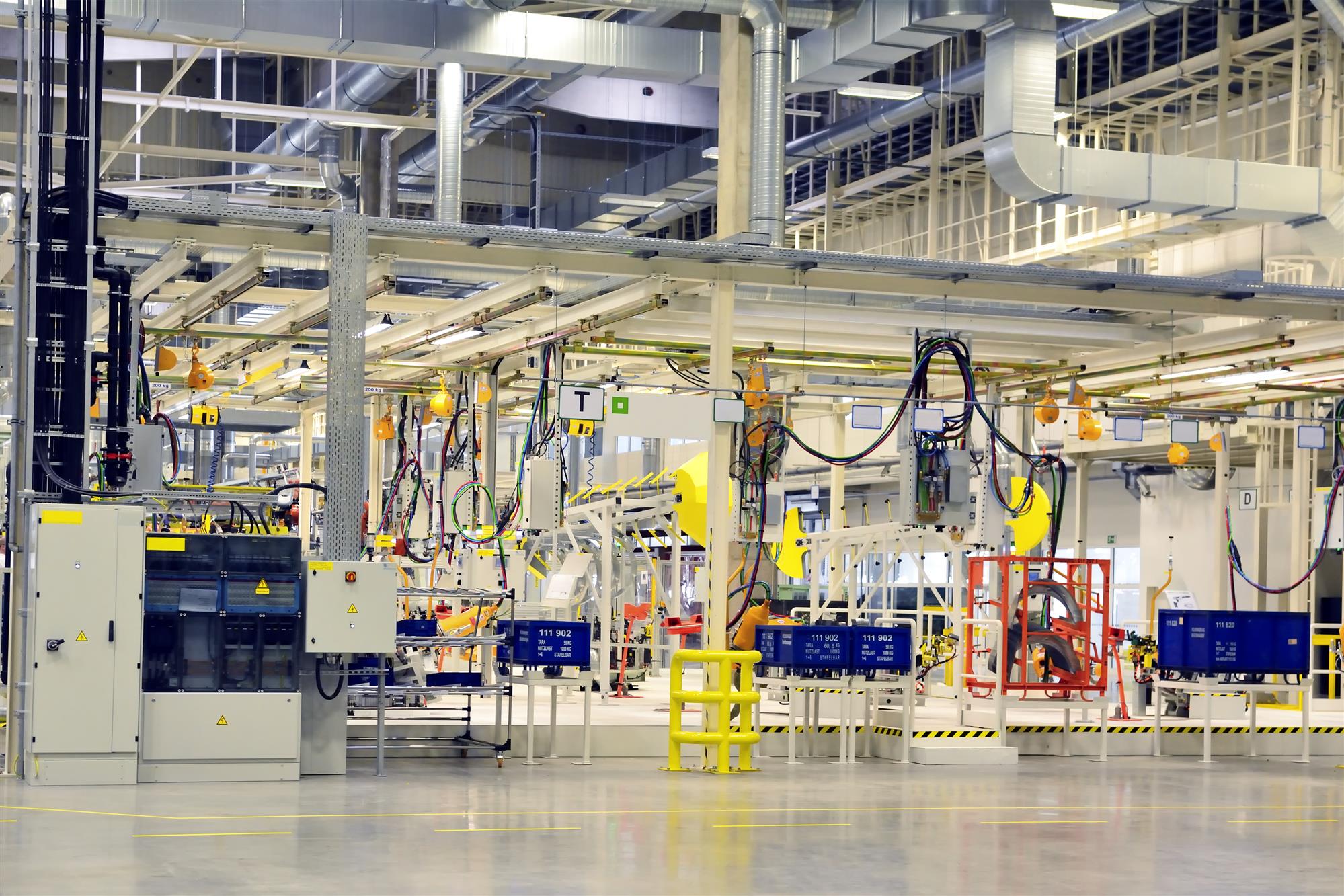Increase Work Efficiency in Your Company with These Master Tips
Does your company perform like a well-oiled machine? If the answer is occasionally no, you may have changes to make. Work efficiency is a must in the manufacturing industry; each lost second is equivalent to lost money, and each weak link will reduce the efficiency of your overall chain.
From pipe bender machines to the employees who monitor them, every single facet of your machine line matters. These six tips will provide you with the guidance you need to make your manufacturing processes shine.
Continuously Review and Retrain How Employees Work
Mandatory training is one of the most beneficial ways to hone your processes, at least when it comes to manpower on the floor. As most manufacturing jobs can be a bit monotonous, it’s easy for workers to start taking shortcuts or forget simple efficiency and safety protocols. They develop their own methods, some of which may or may not be as efficient as your detailed processes.
To be clear, this isn’t necessarily out of laziness; it’s just natural human nature to give processes your own unique “spin.” Everyone works best in their own way. You should strive to balance the need for time-tested efficient processes while still encouraging creativity and ideas from your employees.
Occasional training serves a double-sided role in that it encourages employees to review what you already know works while also sharing their ideas for evolution with you. If you evaluate and find that an employee-specified approach works better, you can work on adjusting your processes to become safer and more efficient based on this new information.
Use Technology to Your Advantage
If you’re still relying on 20-year-old machinery to help run your floor, you aren’t doing yourself a favor. Older methods were advanced, for their time, but have long since been made obsolete. Some may even be dangerous, especially if and when they’re used by poorly trained employees.
Be sure that you constantly evaluate your equipment and identify where upgrades are possible. Computer-guided die cutters, for example, will provide a much more efficient cutting process than laser cutters guided manually by a human hand.
Likewise, today’s computer assembly robots offer greater precision and speed than their predecessors. If you skip upgrades to save money, you could potentially be costing yourself efficiency in the long run.
Evaluate Your Floor Layout
When was the last time you had a birds-eye view of your floor layout? Are your lines set up in a way that makes the most sense, encouraging work to flow from point A to B in a fluid, efficient manner? If not, it may be time to re-evaluate.
Using an overhead view of your floor plan, look for weak points that shave a couple of seconds off of your efficiency here and there. Potential issues could be as simple as machinery locked behind closed doors unnecessarily or as complex as having the right machines located close to one another rather than at opposite ends of the floor.
Even the location of your washrooms can impact efficiency; the further away they are, the longer employees will take to make it back to the floor each time. There’s plenty of room to enact safe practices when using machines like lasers or band saws while still ensuring that floor staff can use them efficiently.
Reach out to Quantum Machinery Group today for more information about the tips mentioned in this blog or to discuss your needs for upgraded manufacturing equipment to eliminate bottlenecks and boost productivity in your facility.


